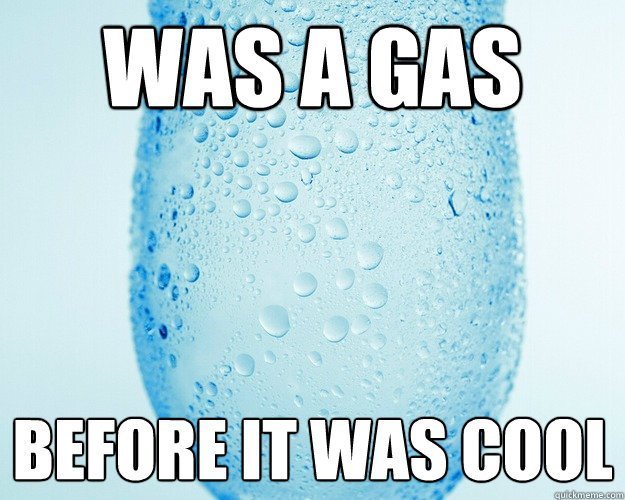Just a heads-up: We receive commission from purchases made through links in this post, so if you decided to make a purchase, it will help us keep the site growing. We appreciate all of our readers, regardless.
If we get condensation in our RV, we can usually spot it pretty quickly in places like windows and walls. There are many spaces in our RV that rarely see the light of day or gaze of our eyes, for that matter. These dead air spaces–cabinets, closets, and storage compartments–are often an after thought. These spaces are subject to the same physics as the rest of your RV whether you see them or not. This means that when your walls have water dripping down them, the spaces you can’t see may be wet too.
What Causes Condensation?

At any given time, there is a certain amount of water in the air. This is known as relative humidity. How much water the air holds depends on several factors including the temperature of the air. Warm air can hold more water than cold air. When warm, moist air comes in contact with cold air, it starts to turn from a gas to a liquid. In the atmosphere, this causes rain. On the outside of a tall glass of ice-cold lemonade on a humid summer day, it is condensation.
Many RVs are not insulated as well as a house; when it’s cold outside, your walls and windows are cold too. Chances are you like to keep your RV nice and cozy when it’s cold outside. A warm RV is comfortable for you, but it creates a perfect condition for condensation on cold days. Poorly insulated walls, especially in slide outs, will stay cold when the temperature outside is cold. Once this warm air touches the cold wall, it will rapidly cool. As the air cools, some of the gaseous water in that air will turn to tiny liquid drops. The tiny drops will clump together to make bigger drops of water until it is running down your wall.
In a closed space like a cabinet or closet, this moisture has difficulty evaporating and has a tendency to build up quickly. Water accumulation can damage things itself, but a wet environment can bring mold which can have harmful health effects in extreme cases. Natalie previously wrote an article about how we keep condensation out of our RV living space; you can read that here. BUT…what about those spaces that don’t get much air flow? What can you do to prevent destructive condensation conditions?
Open your Cabinets and Cupboards

If you can keep air flowing over a cold surface, it will never reach the dew point or the temperature difference that liquid water forms. You can increase air flow by simply keeping some cabinet doors open. Including a fan or two in the set up is an even more effective way to increase air flow. We use a dehumidifier, so opening the cabinets pretty much does the trick for us. This does not apply to all storage compartments, though.
Use Moisture Absorbers

Closed spaces like closets and basement storage compartments are not practical to keep open . In these areas, we attempt to control the relative humidity only since flow and temperature are not easy to control in these spaces. The most effective way we found is to use products like Concrobium 745-3276 Moisture Grabbers (Amazon). Moisture Grabber packets are filled with moisture absorbing pellets that turn to gel as they soak up water in the air. Once full, you can put them in the sun to evaporate the moisture and then reuse. They’re not messy, and it’s simple to toss a couple into any compartment you want.
For our closet, we use DampRid Hanging Moisture Absorber (Amazon). This convenient product hangs in your closet and attracts moisture which drains into a lower bag. Once the lower bag is full of water and the crystals are gone, you throw it away.
Insulate
I have seen many people use different things to insulate their slides. The most common is insulation foam boards. They are available at home improvement stores. Boards are fitted on the outside of the slide outs, against all four sides of the slide out. It’s pretty easy to cut the board to size, and many people get away with wedging it in place.
In Conclusion
In order to control condensation in your compartments, you will want to do the following three things.
- Increase air flow.
- Decrease humidity.
- Insulate walls and windows.
If you found this helpful and would like more RVing tips and tricks, click here.
If you would like to help keep us on the trail, you can use our affiliate link to do your regular Amazon shopping here or shop at our RV Store featuring a variety of RV-themed items designed by yours truly!




